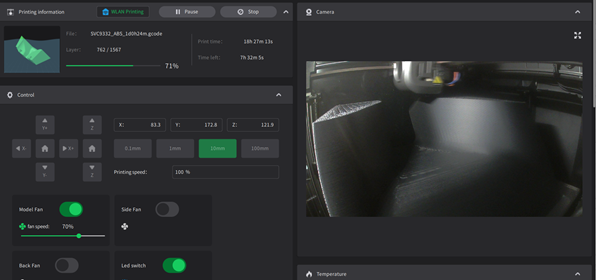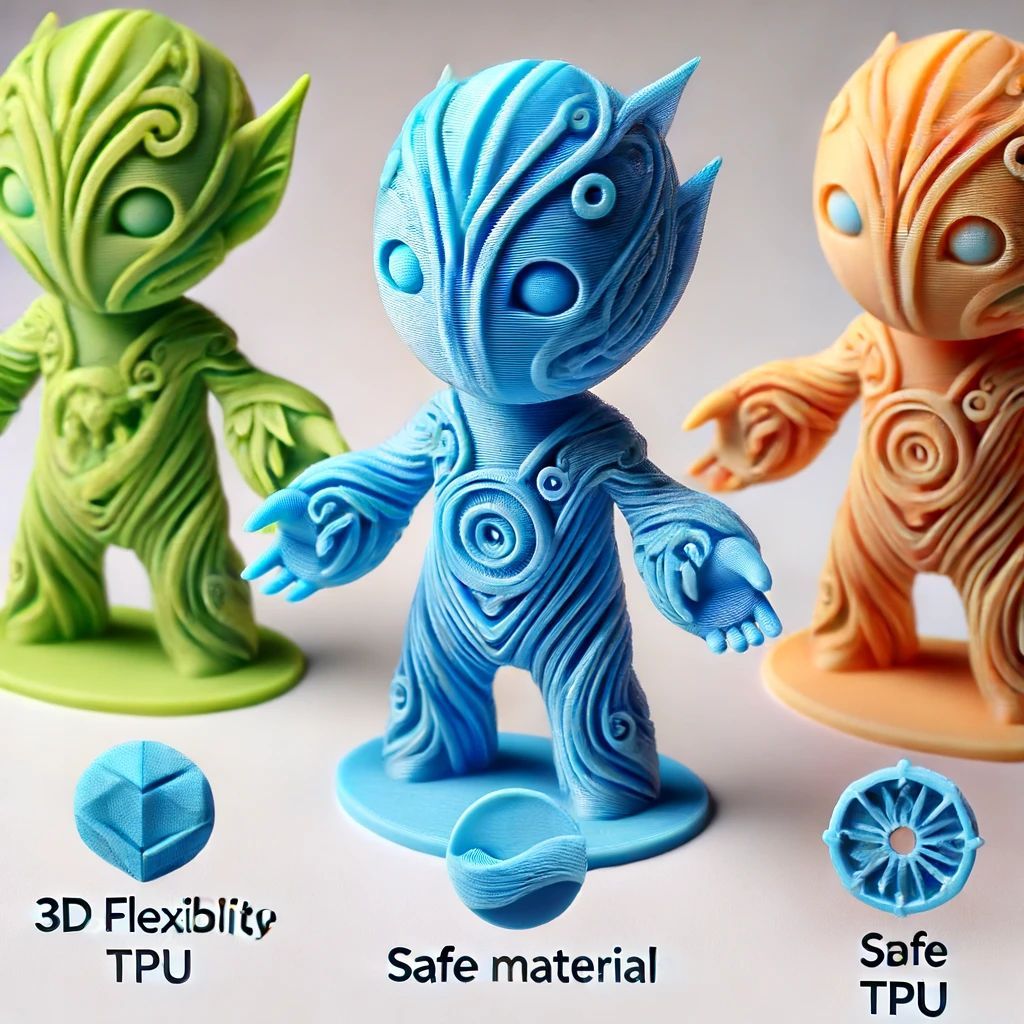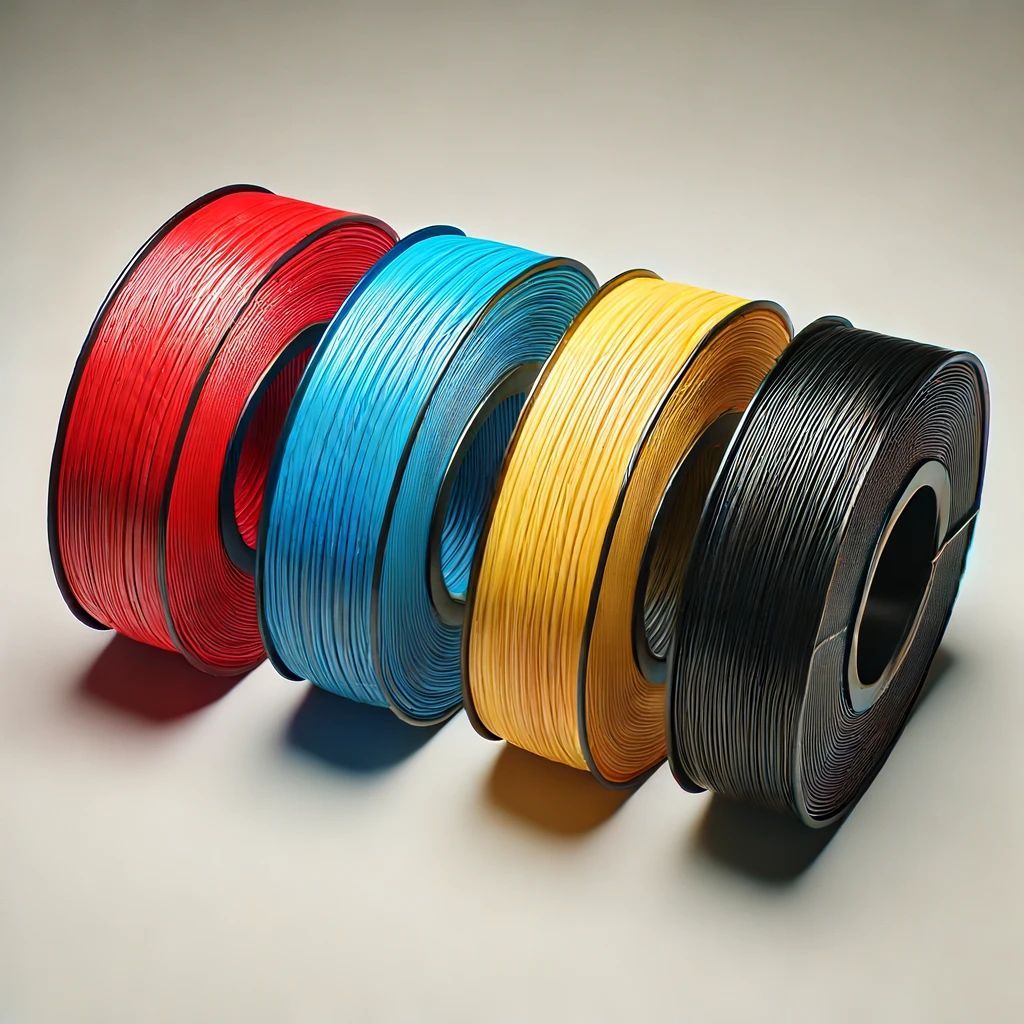3D Digitization
How 3D Digitization, 3D Printing and Paleontology can be Integrated in the Curriculum

Technology is transforming every field of study, including the sciences. The digital world has ushered in a new age of innovation, and the implications for education are vast. From virtual reality to artificial intelligence and 3D printing, STEM (science, technology, engineering, and math) education is being reshaped from primary school to post-secondary institutions.
Digitization becomes significant in the era of information explosion that spares no time and place for storing information.
Digitalization is a process used to transform data into a digital form as well as a set of techniques used to convert real-world information into digital data so it can be stored more efficiently and accessed more easily.
How can 3D digitization be used in paleontology?
3D digitization is the process of creating a digital representation of a real-world object or scene. The resulting three-dimensional model can be used for a wide range of applications, from engineering design to visualization. In paleontology, 3D digitization can be used to create digital models of fossils. These models can be used for a number of purposes, including visualization, analysis, and collaboration. Visualization is perhaps one of the most interesting applications of 3D digitization in paleontology.
It allows researchers to create images of fossils in their current condition and in different colors to represent the different types of minerals found in the fossils. Fossil visualization can be a powerful tool for communication. It’s particularly useful for students since it allows them to “see” fossils without having to travel to the natural history museum where they are displayed. This can be especially helpful for rare and valuable fossils that are rarely displayed due to their fragility.
3D Digitization and 3D Printing in Paleontology
3D digitization is the process of creating a digital representation of a real-world object or scene. The resulting three-dimensional model can be used for a wide range of applications, from engineering design to visualization. In paleontology, 3D digitization can be used to create digital models of fossils. These models can be used for a number of purposes, including visualization, analysis, and collaboration. Visualization is perhaps one of the most interesting applications of 3D digitization in paleontology.
It allows researchers to create images of fossils in their current condition and in different colors to represent the different types of minerals found in the fossils. Fossil visualization can be a powerful tool for communication. It’s particularly useful for students since it allows them to “see” fossils without having to travel to the natural history museum where they are displayed. This can be especially helpful for rare and valuable fossils that are rarely displayed due to their fragility.

3D Printing in Paleontology: Problems and Possibilities
While 3D printing is an extremely powerful tool in paleontology, it also comes with significant challenges when it comes to fossils. Fossils are organic materials that are generally not ideal for 3D printing. The first challenge is that fossils are often very large, so printing them in one piece would require very large printers.
Some fossils are also too fragile to be printed in one piece, which could cause the fossil to break during the printing process or break apart when the printed parts are put together.
These problems can be solved by creating a digital model of the fossil, slicing it into smaller parts, and then printing those parts separately.
Combining printed parts with metal, wood and/or other materials could also be used to create robust, realistic models of fossils.
3D Digitization for Effective Teaching
Digitizing fossils can be a great way to bring them to life for students and allow them to study them in new ways. Students can use a variety of different software to create 3D models of fossils, making it easy to create models of any size.
Once a model is created, it can be used for a variety of different activities. Students can manipulate the model in various ways, such as rotating it to view it from different angles or zooming in and out so they can see smaller details or larger patterns.
Students can also create a variety of different visualizations using the 3D model, such as a cutaway view that shows the inside of the model or a 2D sketch of the surface of the model.
3D Printing in Education
Just as in paleontology, 3D printing can be used to create realistic models of all sorts of things, including fossils. These models can be used for a wide variety of different educational activities, such as visualizing the size and scale of various organisms, examining the types of materials various organisms are made of, and examining details of fossils that are too small to be seen with the naked eye.
Models of organisms can also be used in a wide variety of games and activities.
For example, students can create virtual ecosystems that include plants and animals from different ecosystems, such as an African grassland, a tropical rainforest, and a desert.

Full-Body Scanning for Curriculum Learning and Research
As mentioned above, fossils are organic materials, which makes them difficult to 3D print. However, fossils can be digitized using full-body scanning. Full-body scanning is a technique that creates 3D data of a person or object by mapping the reflected light from a scene.
A team of researchers in the UK has used full-body scanning to create a virtual reality experience that allows students to explore an ancient marine environment populated with marine life such as ammonites, nautiluses, and sharks.
Students in classrooms around the world can use the online environment to explore the ancient marine environment. This experience can be used to teach a wide variety of topics, including evolution, marine biology, and geography.
Virtual Reality for Classroom Learning
Virtual reality can also be used to bring fossils to life for students. VR can be used to create immersive, 3D environments that allow students to explore a fossil as if they were actually there, as well as create images and videos of fossils and other specimens from different angles.
Students can also create VR environments that allow them to explore a virtual ecosystem populated with different types of organisms. These environments can be used to explore a variety of different topics, including evolution, ecology, and biodiversity.
Virtual reality can be used to present a wide variety of different specimens, including fossils, plants, animals, and cultural artifacts. It can also be used to explore topics in many different disciplines, including the sciences, humanities, and social sciences.
Conclusion
The classroom can be a great place to integrate cutting-edge technology and 3D printing in particular can be a great way to bring fossils to life for students.
Digitizing fossils and creating 3D models and VR environments can help students explore fossils in new ways, while also helping them better understand their significance.













